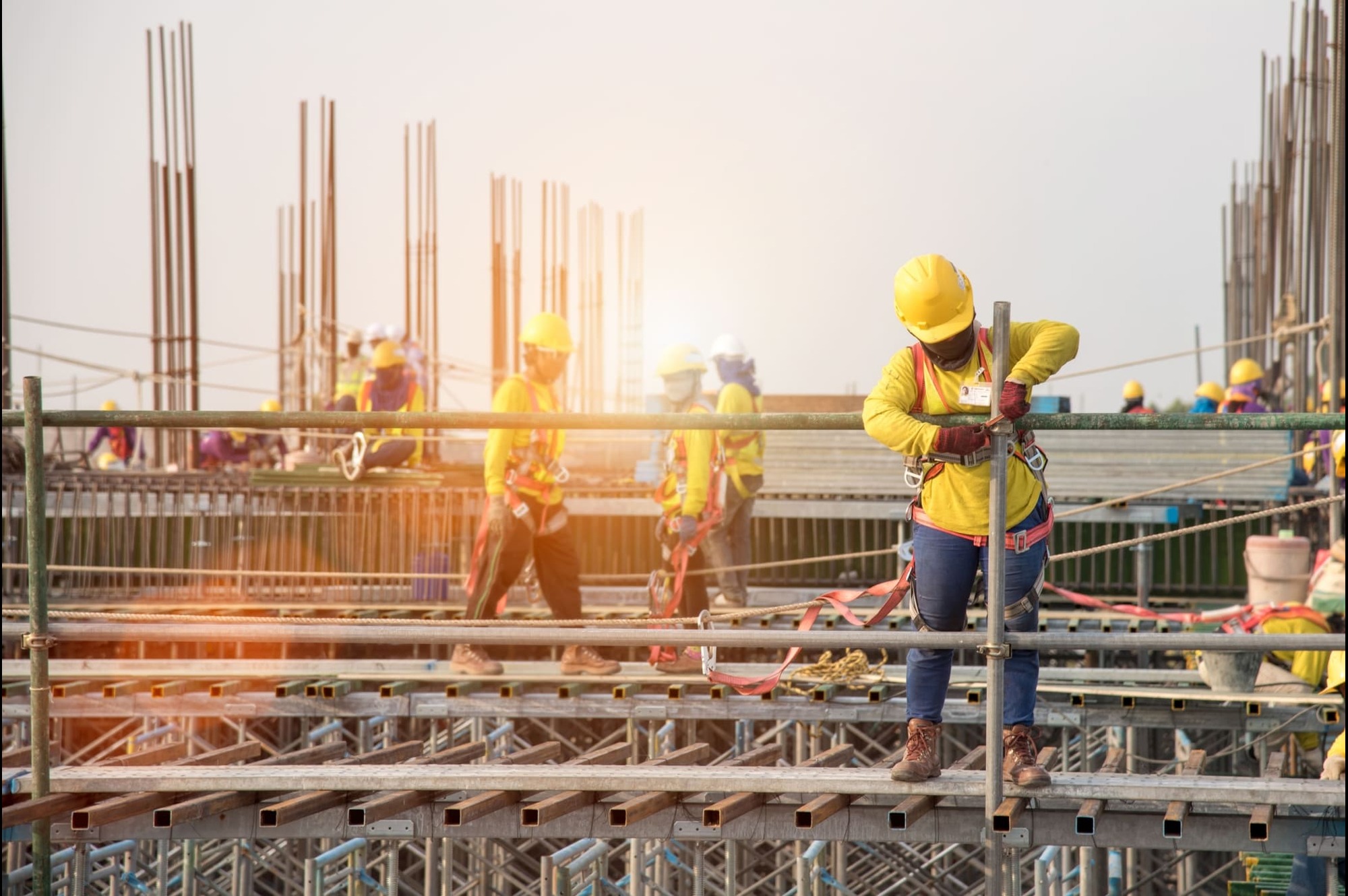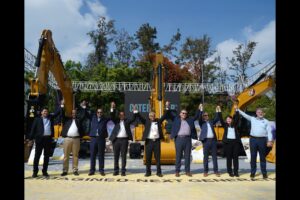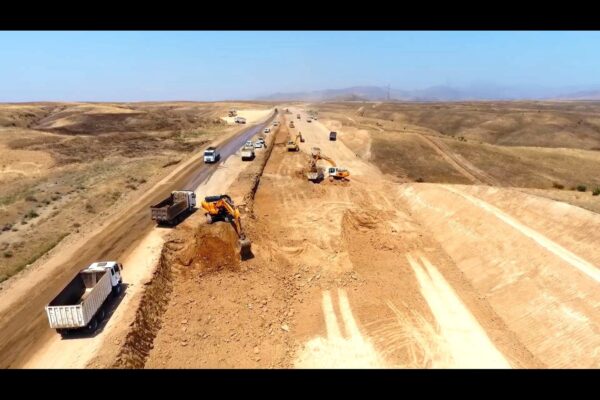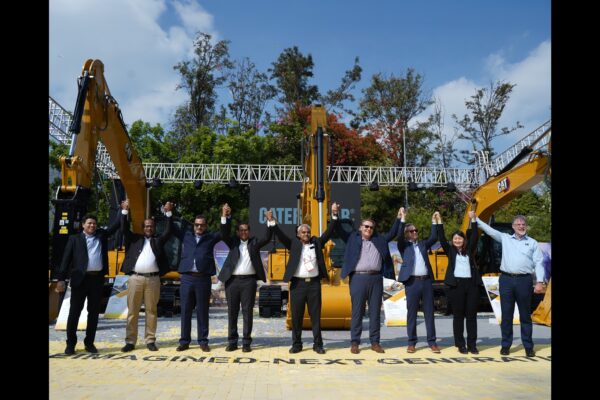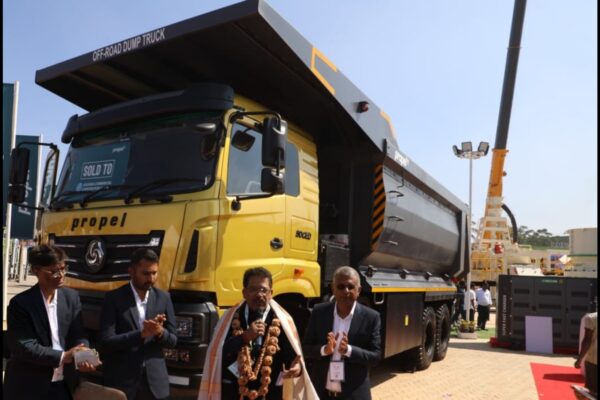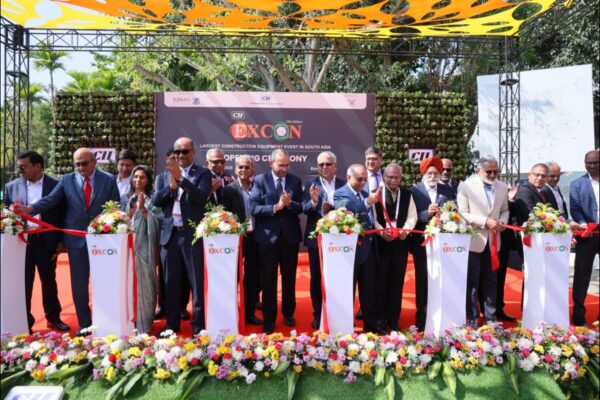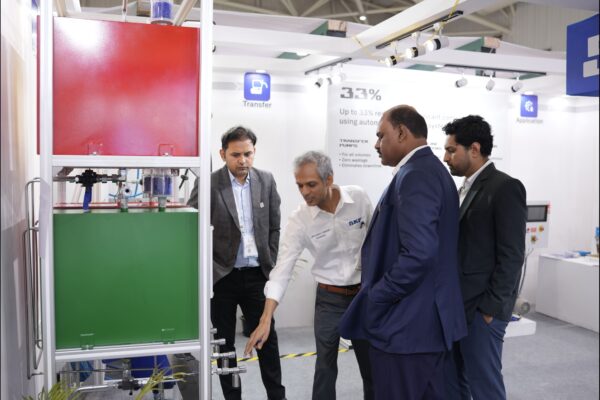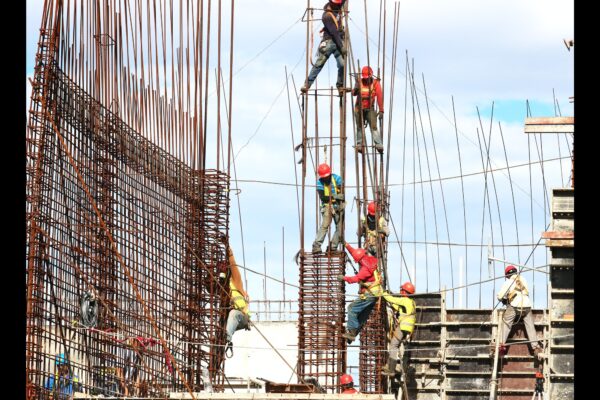Digital First: Bridging the skilled talent gap in India’s construction sector
by Vivek Rathi, National Director- Research, Knight Frank India and Shilpashree Venkatesh, Vice President- Research, Knight Frank India
India stands at a defining juncture in its economic journey as it accelerates toward becoming a USD 7 trillion economy by 2030. India’s construction sector, encompassing infrastructure and real estate development will play a pivotal role in its economic transformation. Expansion in developments such as the national highways, smart cities, airports, metro networks, logistics hubs, housing etc underscores the physical expression of India’s development ambition.
The construction sector is already the second-largest contributor to India’s GDP, accounting for nearly 18% of total economic output, and employs over 71 million people, making it the second-largest employer after agriculture. Between FY 2015-25, the sector attracted USD 37 billion in FDI, and real estate alone is projected to reach a market size of USD 1 trillion by 2030. Additionally, there has been a significant public investment in the infrastructure development and expansion in the country. Between FY 2015- 25, India’s union government has spent over USD 4 trn towards infrastructure initiatives, equivalent to an annual average of 2.2% of the GDP.
However, beneath this impressive growth lies a structural weakness in the form of acute shortage of skilled manpower. India produces thousands of engineering and diploma graduates every year—but less than half are employable in the construction sector due to gaps in practical knowledge, technological exposure, and industry alignment. To unlock the next stage of growth, we must look beyond conventional skill development and embrace a more transformative solution led by digital enablement. As per our assessment, over 80% of the workforce employed in construction is unskilled, and among the skilled, very few possess digital competencies essential for modern construction practices.
Share of unskilled workforce is equivalent to 81% of the total construction sector employment
| Workforce Category | Number (in millions) | % Share |
| Semi-skilled and Unskilled | 57.5 | 81% |
| Skilled | 13.5 | 19% |
Source: NSDC, CMIE, Knight Frank Research
This disconnect undermines the sector’s ability to meet future demand. As India gears up to build smarter and faster, the reliance on traditional, labour-intensive methods is becoming a bottleneck. The pace and complexity of upcoming projects—many of which involve smart infrastructure, green buildings, and advanced logistics—demand a digitally capable, agile, and future-ready workforce.
Moreover, the global construction industry is undergoing its own transformation. In advanced economies, rising labour costs, aging workforces, and technological innovation are reshaping job roles. Technologies like Building Information Modelling (BIM), Digital Twins, Artificial Intelligence (AI), Internet of Things (IoT), and robotic construction methods are redefining the way infrastructure is conceptualized and executed.
If India is to compete globally and meet domestic infrastructure goals efficiently, it must reimagine how it trains, deploys, and upskills its construction workforce. The challenge is immense—but so is the opportunity. With the right strategy, India can transform its demographic advantage into a global leadership position in construction talent.
Employment in construction sector is estimated to grow to 100 mn by 2030 to achieve economic growth targets
| Category | 2005 (in ‘000s) | 2023E (in ‘000s) | 2030E (in ‘000s) |
| Engineers | 822 | 2,200 | 3,309 |
| Technicians | 573 | 2,271 | 3,811 |
| Skilled Workforce | 3,267 | 6,884 | 10,530 |
| Semi-skilled | 25,600 | 57,695 | 79,724 |
| Total | 31,000 | 70,966 | 1,00,282 |
Source: NSDC, CMIE, Knight Frank Research
The need for digital transformation in construction
In the rapidly evolving global construction landscape, digital transformation has emerged as the most powerful lever to address India’s skilled workforce deficit. As construction projects grow in complexity, scale, and technological sophistication, traditional methods are increasingly becoming outdated. The integration of digital tools and smart technologies is not just revolutionizing how buildings are designed and constructed—it is also reshaping the skill profiles and capabilities required in the industry. For India, which is grappling with an overwhelming dependence on unskilled labour ins the construction sector, embracing digital transformation is not just desirable—it is essential.
With over 80% of its 71 million-strong workforce unskilled, traditional methods are proving inadequate for the complexity and scale of modern infrastructure projects. Technologies such as Building Information Modelling (BIM), Artificial Intelligence (AI), Internet of Things (IoT), Digital Twins, Augmented and Virtual Reality (AR/VR), and cloud-based project management platforms are reshaping construction globally. BIM streamlines planning and reduces errors, while AI can forecast delays and optimize resources. IoT sensors enhance safety through real-time site monitoring, and Digital Twins offer virtual oversight for asset maintenance. AR/VR improves training outcomes by simulating real-world tasks in safe, controlled environments, and cloud tools like Autodesk and Procore enable better coordination and transparency. Embracing these technologies can improve productivity, cost efficiency, safety, and sustainability, while also aligning Indian professionals with global standards—enhancing their employability worldwide. However, for digital adoption to be effective, it must be people centric. The aim should be to transition labour-intensive roles into digitally enabled professions through skilling, reskilling, and educational reform. With over 3,000 construction institutes in India, urgent curriculum modernization is needed to introduce real-world digital tools. As countries like the U.S., Japan, and those in Europe face an ageing construction workforce, India has the opportunity to fill this global talent gap—if it invests in building a future-ready, digitally fluent workforce.
What needs to be done?
To fully leverage digital transformation and close the widening skill gap in India’s construction sector, a coordinated, long-term workforce development strategy is essential. This involves modernizing academic curriculum to include industry-relevant subjects such as Building Information Modelling (BIM), artificial intelligence, IoT applications, sustainable construction, and digital project management. Institutions must also invest in practical learning infrastructure like AR/VR labs and simulation centres, while regularly updating content through collaboration with industry bodies and certification authorities.
In parallel, India must boost the global employability of its construction workforce by promoting internationally recognized certifications such as RICS, PMP, and LEED. Soft skills, cross-cultural communication, and basic foreign language training should also be integrated into course offerings to prepare professionals for international placements. Government incentives or scholarships can help students from smaller towns access these global credentials.
Equally important is strengthening academia–industry linkages. Academic institutions should embed mandatory internships, apprenticeships, and live project experience into engineering and vocational programs. Establishing “Living Labs” and fostering joint research and innovation with the private sector will help students acquire job-ready skills. Active industry participation in curriculum design, mentoring, and recruitment will ensure training aligns with market needs.
Lastly, the sector must embrace a culture of lifelong learning. Given the pace of technological change, professionals need access to short-term, modular upskilling opportunities such as micro-credentials, online courses, and weekend workshops. Employers should be encouraged through policy incentives to invest in workforce development and build structured pathways for continuous learning and career growth.
In conclusion, addressing India’s construction workforce gap isn’t just about filling jobs—it’s about reimagining the construction profession itself. The future demands professionals who are as comfortable with software tools and data dashboards as they are with concrete and steel. It is time to build an ecosystem that makes this dual competence the new standard. By modernizing education, enabling continuous learning, fostering partnerships, and institutionalizing a national skilling agenda, India can equip its workforce to lead—not lag—in the era of digital construction. The path is clear; what’s needed now is urgency, alignment, and sustained commitment.
Tags
Related Posts

